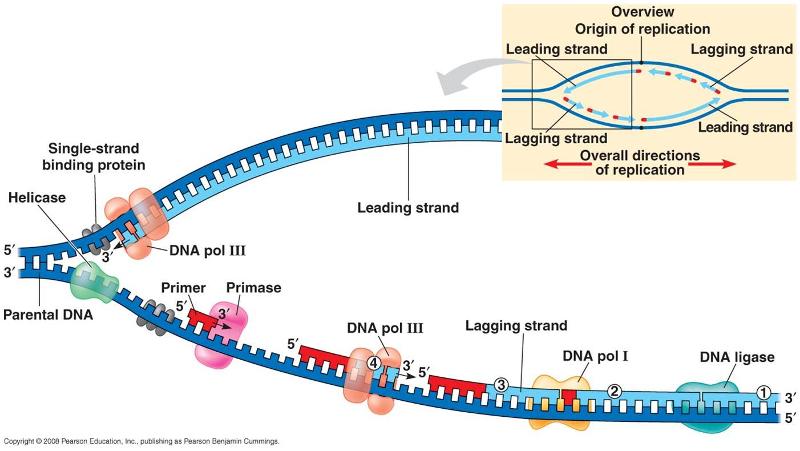
We measured the average area of origin bound ORF50. Two regions represent novel binding locations. We mapped ORF50 binding to OriLyt-R to three distinct regions. We visualized purified ORF50 binding to the 2.4kB lytic origin of replication (OriLyt-R) using tungsten metal shadow casting with electron microscopy. To investigate ORF50 binding in the context of viral DNA replication, we performed in vitro binding assays with purified ORF50 and isolated lytic origin DNA.

We predict head to tail dimers assemble into higher order oligomeric rings composed of four or six monomers, which may function as a sliding clamp during DNA replication. We visualized ORF59 using negative staining with electron microscopy.

The binding of the KSHV polymerase processivity factor, ORF59 (PF-8), to the viral polymerase, ORF9 (Pol-8) promotes continual synthesis of DNA. KSHV expresses six DNA replication proteins: DNA polymerase (ORF9), polymerase accessory factor (ORF59), helicase (ORF44), primase (ORF56), primase associated factor (ORF40/41), and single-stranded DNA binding protein (ORF6). Herpesviruses encode their own DNA replication machinery. Our focus is characterizing the functions and molecular interactions of the core KSHV DNA replication proteins in order to develop potential therapeutic strategies against KSHV infection.

Viral DNA replication and the KSHV DNA replication proteins are essential to successful viral replication and, thus, appealing therapeutic targets. Effective antiviral therapeutics are needed for the treatment of KSHV. The most recently discovered herpesvirus, Kaposi’s sarcoma herpesvirus (KSHV) is known to cause three human cancers. Viruses are the causative agents of approximately 12% of human cancers.


 0 kommentar(er)
0 kommentar(er)
